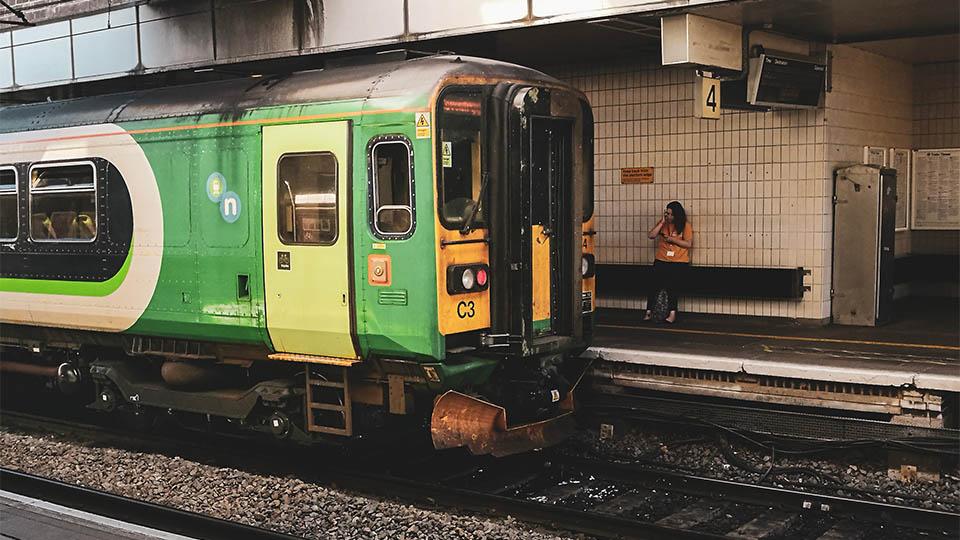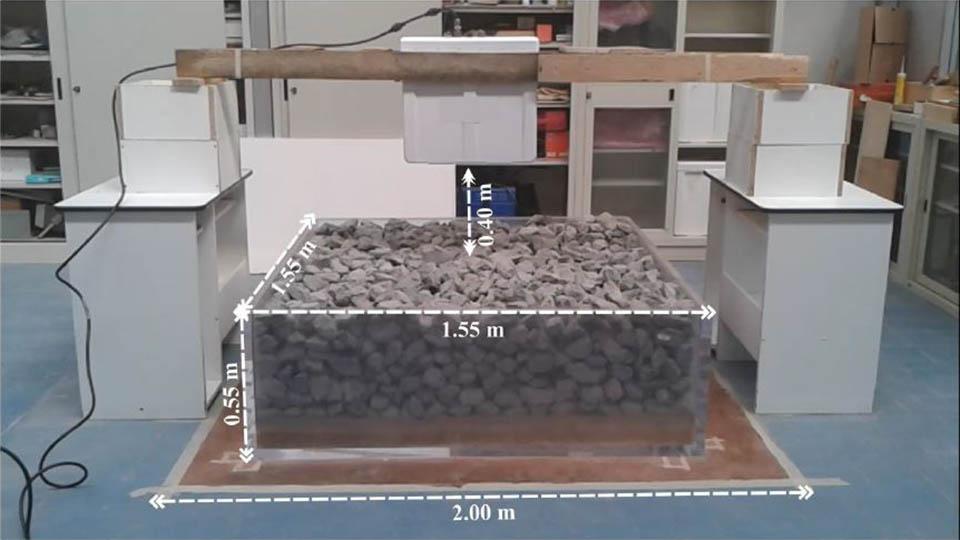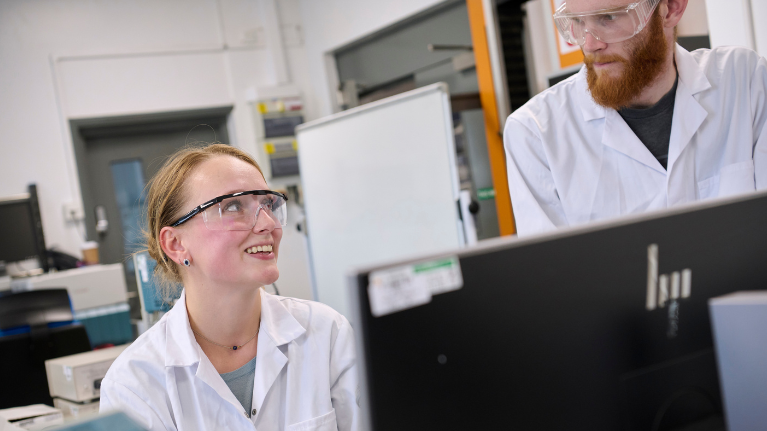
Assessing and monitoring railway track foundations and ballast
Using ground-penetrating radar, satellite imaging, and 3D laser scanners
This project aims to address a major challenge within the context of identifying signs of early decay and deformation in railway sub-structure materials, through the use of ground-penetrating radar (GPR) and other non-destructive testing equipment.
About the project
Effective health monitoring of railway sub-structural layers (ballast and sub-ballast) is crucial in preserving the quality of the track-bed and ensuring the safety of operations. When measuring the long-term integrity and functionality of the railway track, detection of early decay in track-bed foundation materials is vital.
Increasing traffic flow on rail network systems demands more time-efficient and vigorous techniques and methodologies in terms of safety and maintenance. The applications of non-destructive testing methods such as infrared thermal imaging, 3D laser scanners, and ground-penetrating radar (GPR) have been recognised and appreciated within the industry in recent years.
In addition, use of satellite imaging is proving strategic for the provision of multi-temporal and accurate information in the monitoring of structural displacements of transport infrastructures.
Investigations of the sub-structural layers of the track-bed by the proposing team have produced promising results that could potentially offer a more effective approach in railway foundation assessment and monitoring.
The main target of the project will be to develop a novel railway ballast monitoring and assessment methodology.
To achieve this, a comprehensive set of laboratory-based experimental and fieldwork activities will be materialised. Some of the latest equipment, including GPR systems and other non-invasive techniques, will be utilised and complemented by extensive numerical simulations and modelling.
Impact
The results of this investigation will contribute towards better characterisation of the foundation materials, leading to the development of a novel railway ballast monitoring and assessment methodology in the future.
The impact is quantified in terms of:
- lowering safety risks related to train circulation in high-speed and traditional railways
- lowering the cost of inspection of ballasted track-beds.
The research team
- Professor Amir Alani
- Professor Fabio Tosti
- Dr Lilong Zou
Find out more
-
Research Centres and Groups
Find out about our multi-disciplinary areas of expertise, PhD research, and teaching.
-
Research impact
Learn how our PhD research has helped communities locally, nationally and internationally.
-
The Graduate School
If you are interested in studying for a PhD or Professional Doctorate, the Graduate School is here to support your research.





